BostonUrbEx
Senior Member
- Joined
- Mar 13, 2010
- Messages
- 4,340
- Reaction score
- 130
Danvers?Beverly?
The checkered tank is Bevz. The white tank is Danvers.
Danvers?Beverly?
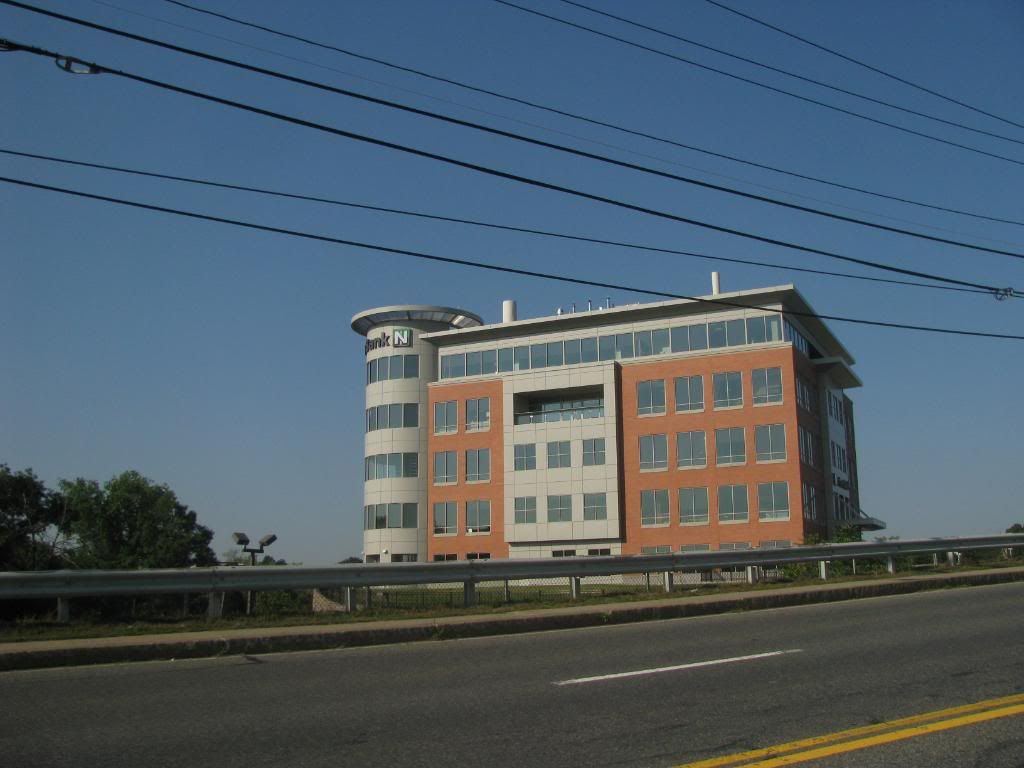
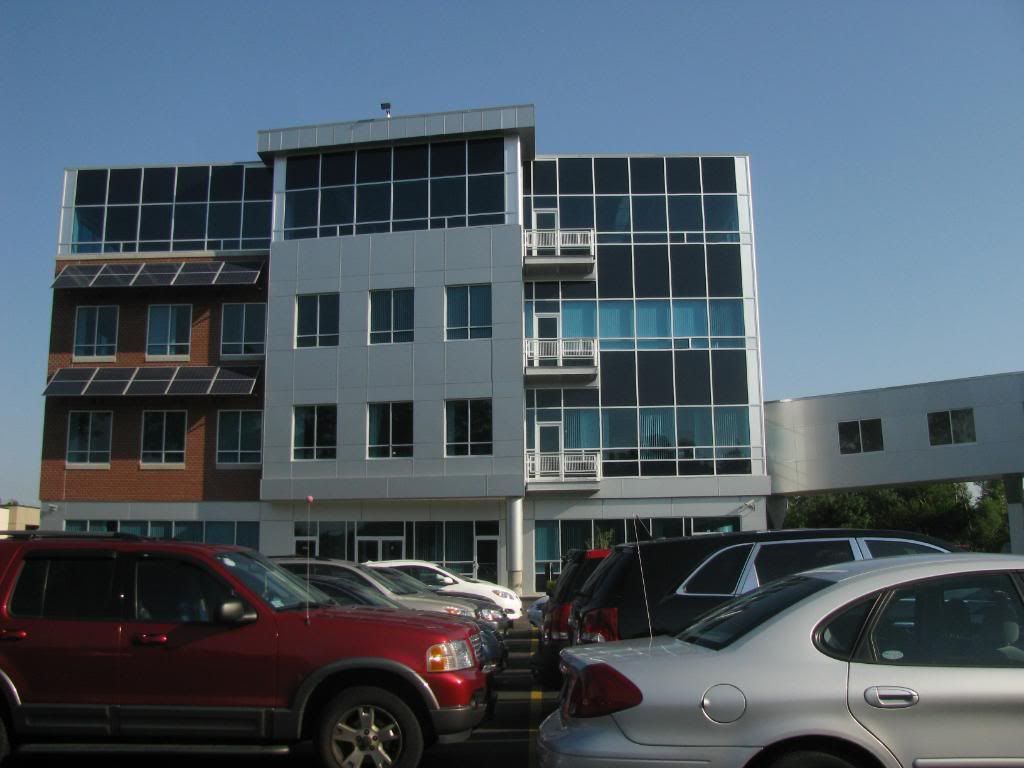

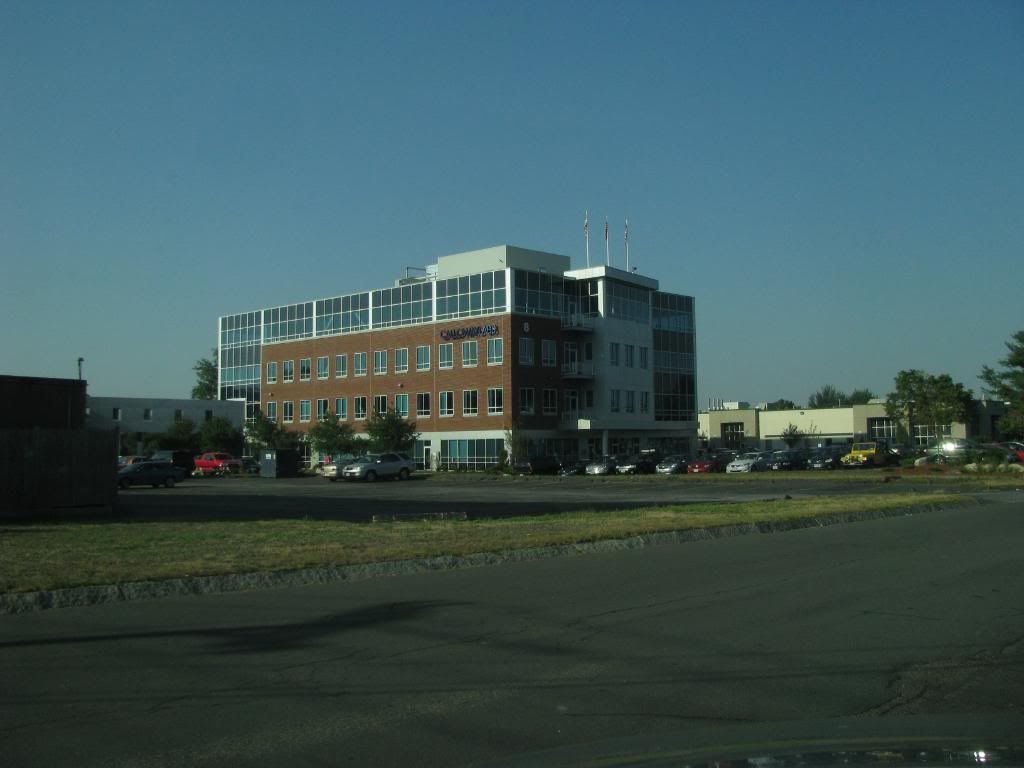
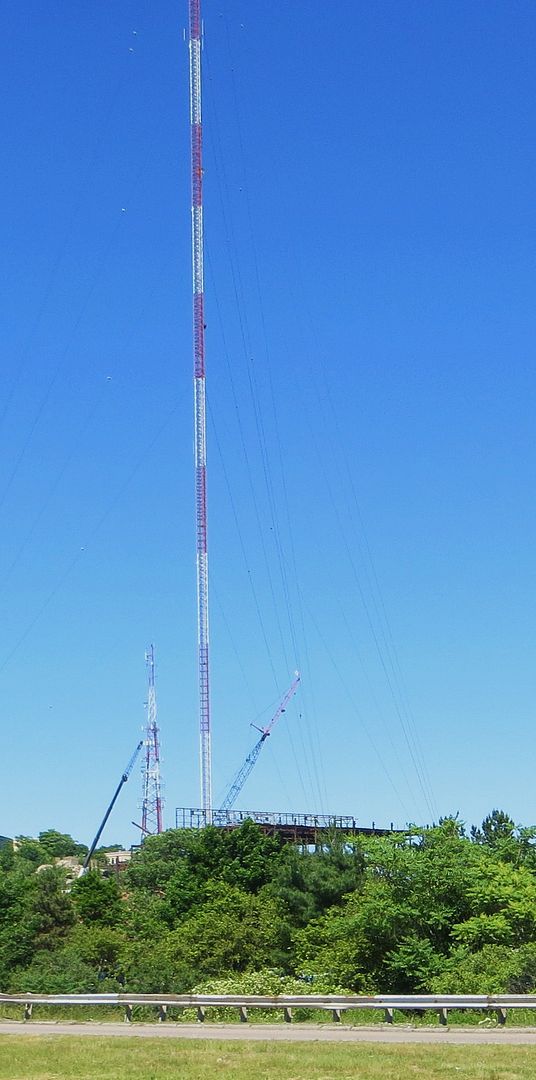
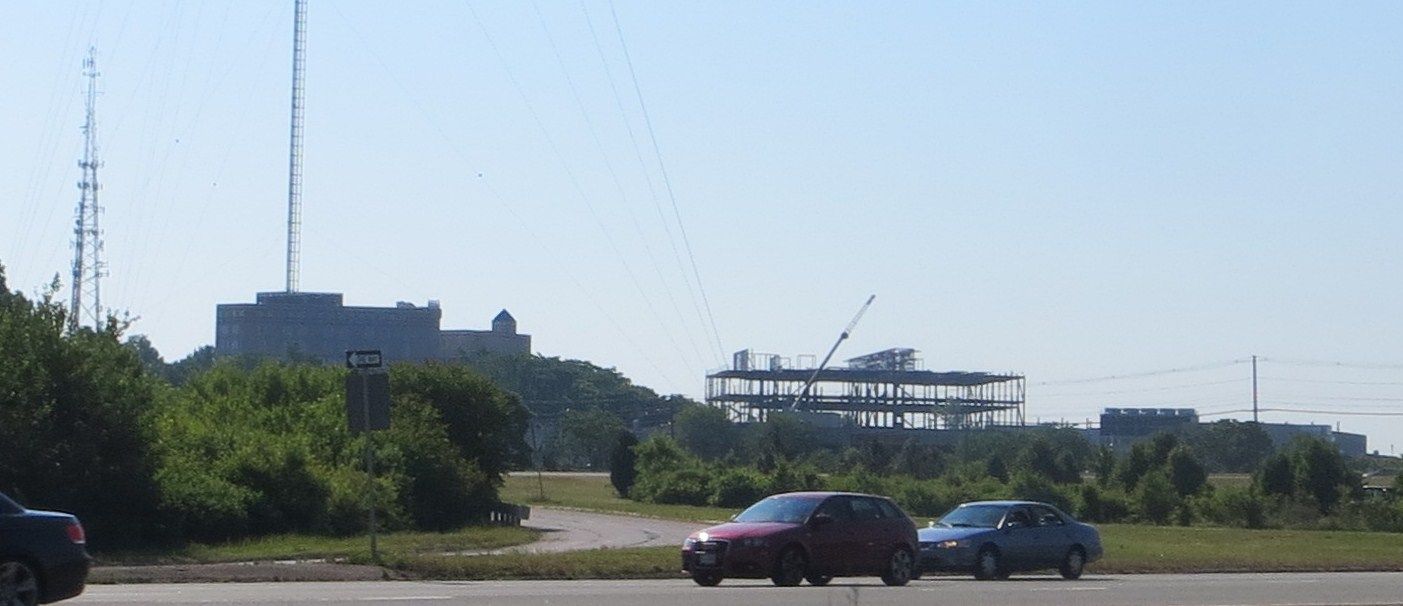

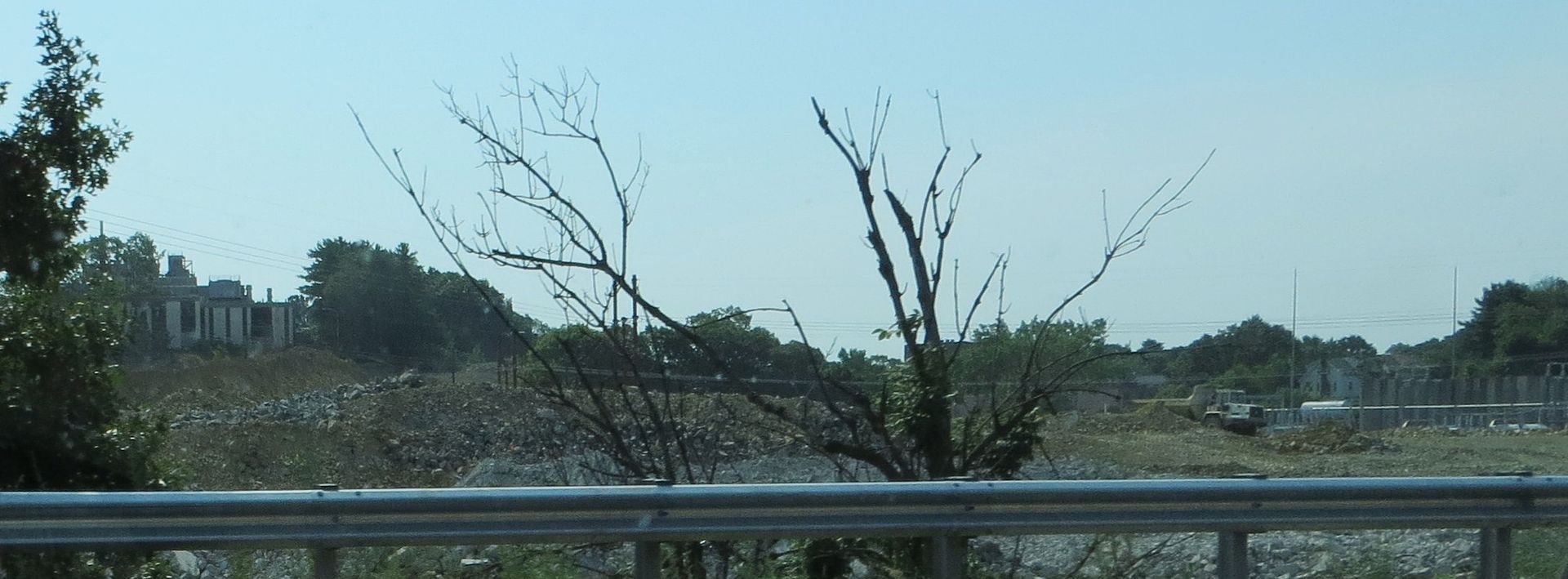
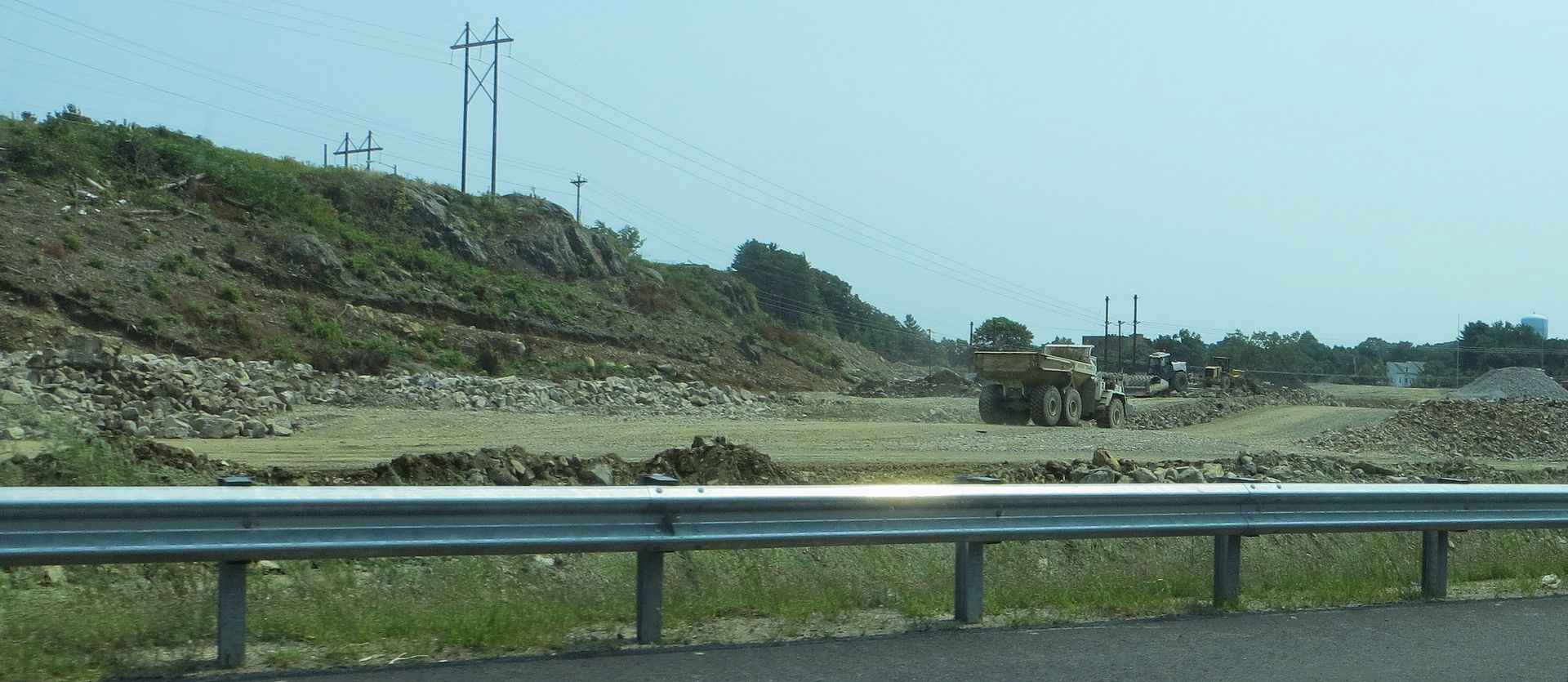

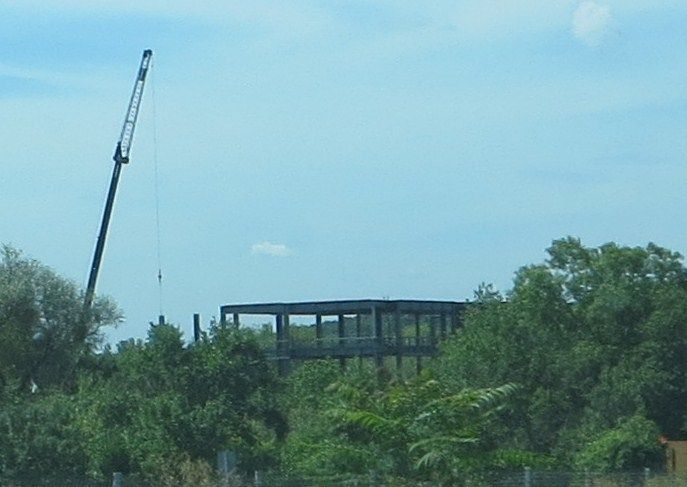
Sprawl. Sprawl never changes.
So redevelopment of former industrial sites now qualifies as sprawl?
Sprawl. Sprawl never changes.
Burlington doesn't need more office buildings (or any buildings). It needs more roads to alleviate the out-of-control traffic that it already has. Woe to anybody who tries to drive through there between 4:30-6:30.
Of course, they're going ahead with the opposite route, adding a Wegman's near the mall exit (down the hill from the movie theater) and more office space between the mall and 3A. I really don't know what kind of benefits the town is receiving from this. They barely even plow the damn roads when it snows. It's disgraceful.
What are they supposed to do with the site? Build a 40 story tower? That area hardly needs more retail with the mall nearby.
Attempt to construct a walkable, mixed-use community. Like what they are trying to do at riverside. Or what they did for the 200 years before the car on similarly sized pieces of land. There is no reason this has to be constrained to the inner cities, creating little hamlets of "downtown" areas works fine in the burbs too. And in the future will probably make the difference between a suburb that flourishes and one that falls apart under crushing traffic and road maintenance costs.
Attempt to construct a walkable, mixed-use community. Like what they are trying to do at riverside. Or what they did for the 200 years before the car on similarly sized pieces of land. There is no reason this has to be constrained to the inner cities, creating little hamlets of "downtown" areas works fine in the burbs too. And in the future will probably make the difference between a suburb that flourishes and one that falls apart under crushing traffic and road maintenance costs.
Attempt to construct a walkable, mixed-use community. Like what they are trying to do at riverside. Or what they did for the 200 years before the car on similarly sized pieces of land. There is no reason this has to be constrained to the inner cities, creating little hamlets of "downtown" areas works fine in the burbs too. And in the future will probably make the difference between a suburb that flourishes and one that falls apart under crushing traffic and road maintenance costs.
